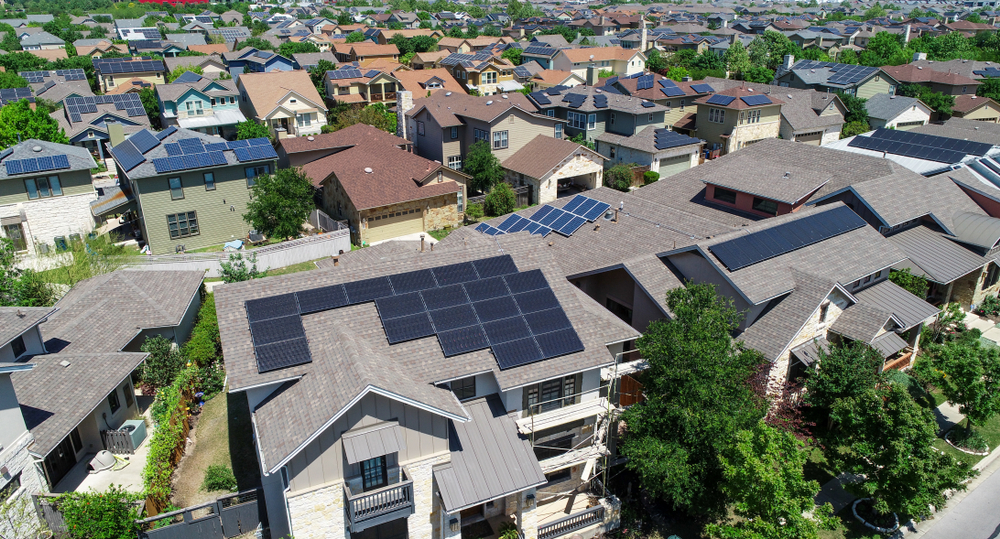Solar panels probably don’t warrant a whole lot of thought outside of Should I get them? Which the obvious answer is yes, very much yes. Especially if you live in Sunny SoCal. But there are quite a few interesting things about solar panels that just might help you in your decision making process when you finally do decide to jump into the pool of renewable energy, such as the various types of panels, lifespan, and efficiency. Here are four of our favorite fun facts about solar panels to help guide you along the way to going green in your home and saving you money on your electric bills.
Various Types Of Panels
Yes, Tesla recently released their version of solar panels. No, those are the differences we’re pointing out to you. There are three different types of solar panels on the market: monocrystalline, polycrystalline, and thin film. Within those three types are a few sub-types, specifically with thin film. For the crystalline varietals, silicon is the material used. Thin film uses a variety of materials (hence the sub-types). The differences between these types of panels also range from price to production to efficiency; three things that will weigh heavily on your final decision.
Panels Last Anywhere From 2 To 25 Years
Yep, you read that correctly. And yes, that is quite the margin. As we mentioned earlier, part of this is due to the type of panels you choose to get installed. The most durable types of panels are the silicon based mono- or polycrystalline panels. They should serve you for 20-25 years. This is why most of the panels you find on residential roofs are of that ilk. Thin film panels are often used for smaller devices, or on commercial buildings that have tons of space, but can’t handle the weight of the bulky crystalline panels.
Cost- And Space-Efficiency Is Key
One of the biggest and best guidelines for choosing the best solar option for your home is the cost- and space-efficiency factor. Monocrystalline panels are the most expensive (because they have the purest, most effective form of silicon for converting sunlight to energy) but they also take up less space because they are so effective. The specs of your home will push you one direction or another. Larger roofs can fit more panels, smaller ones can only accommodate so many panels. How much energy your house needs to run properly will also determine how many panels you need and how effective they must be.
Solar Panels Still Work On A Cloudy Day
You might be thinking to yourself, well what happens when there’s a string of cloudy days in the forecast? Your panels are still working. They just don’t work at maximum efficiency. Your solar panels will collect direct and indirect sunlight, and rain actually helps keep them clean and working well. The only time your panels don’t work is during the night when there is no sunlight whatsoever. It’s at this point that all the energy stored up in the batteries during the daytime kick in. It’s a lovely, renewable cycle that just keeps giving your power and savings.

